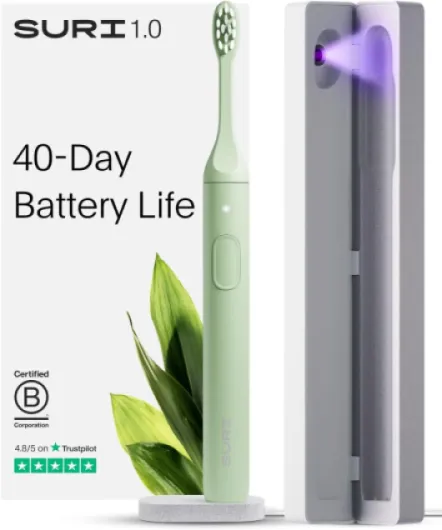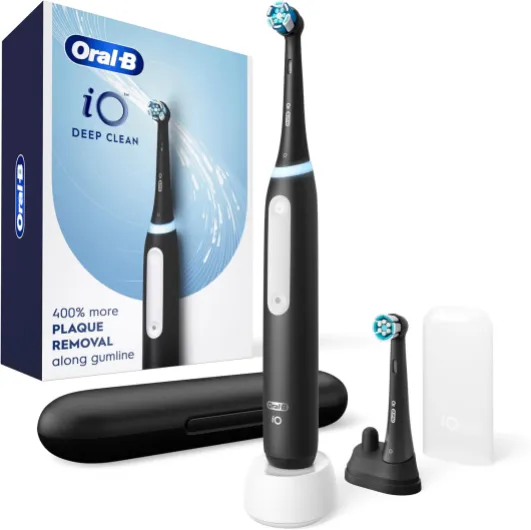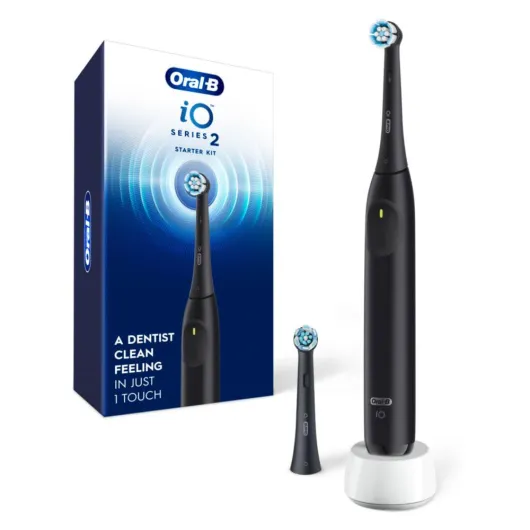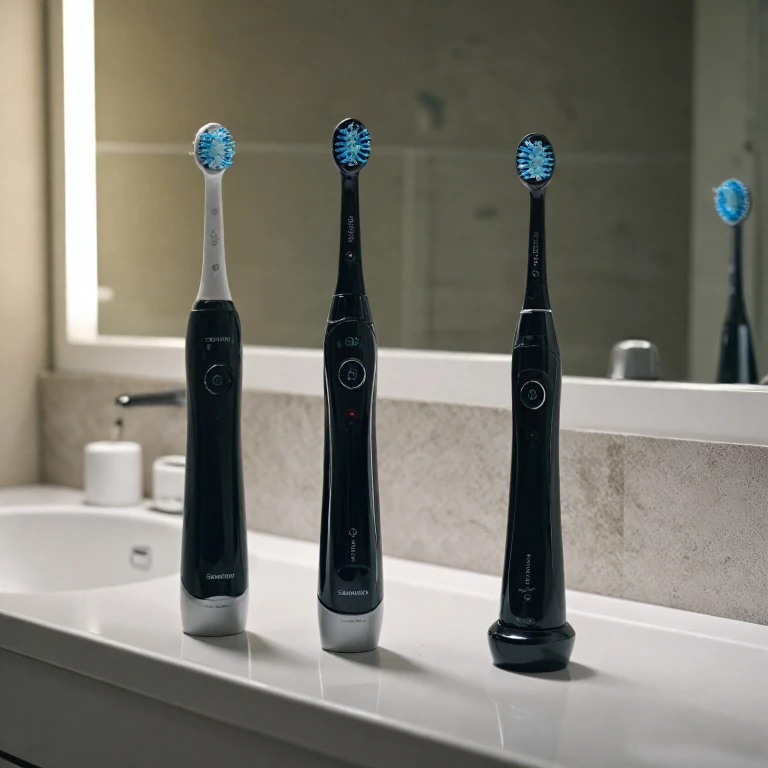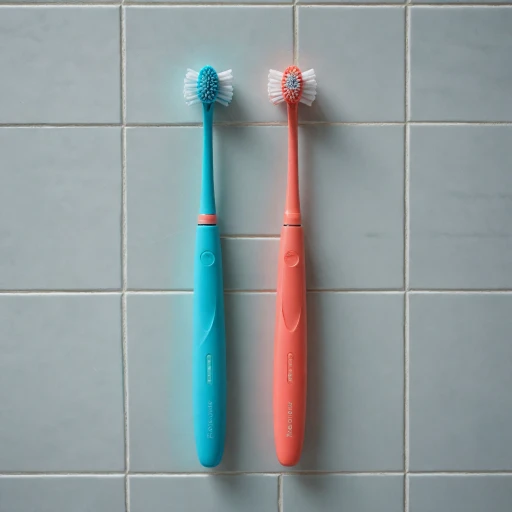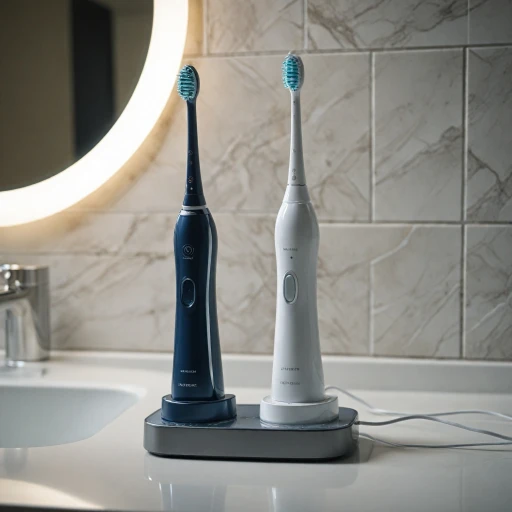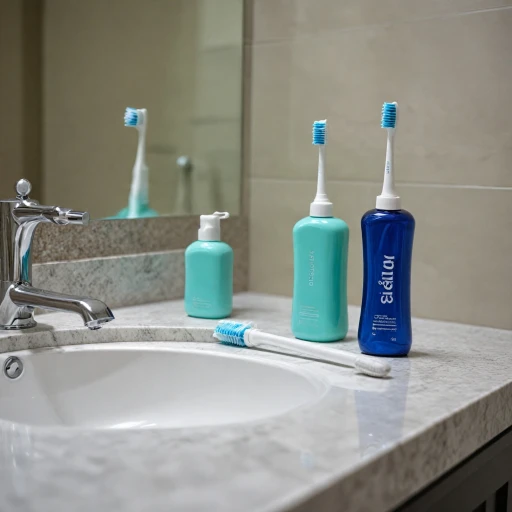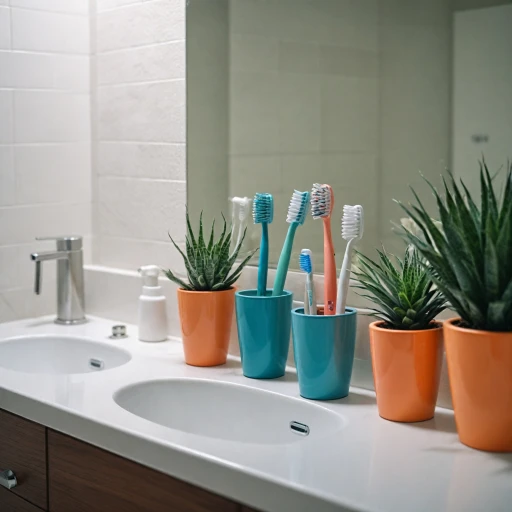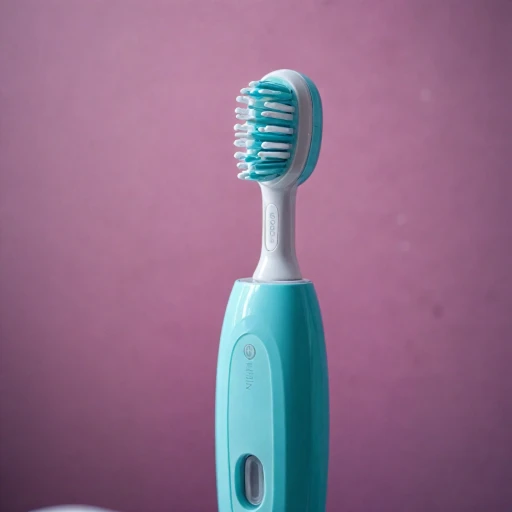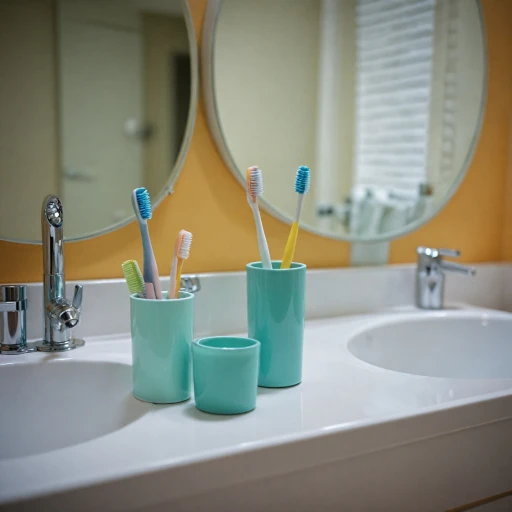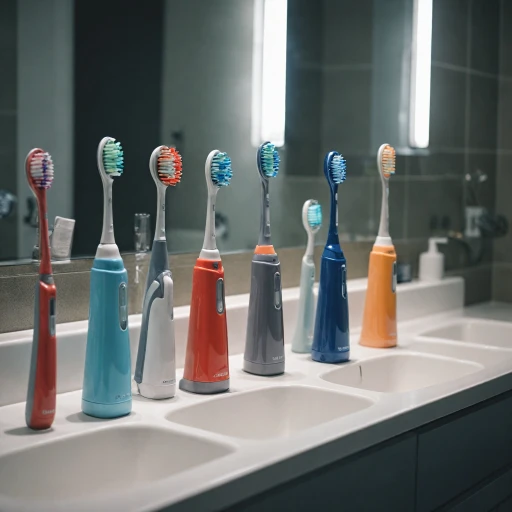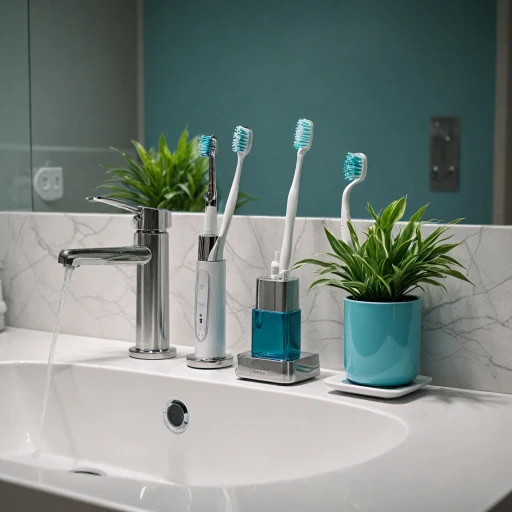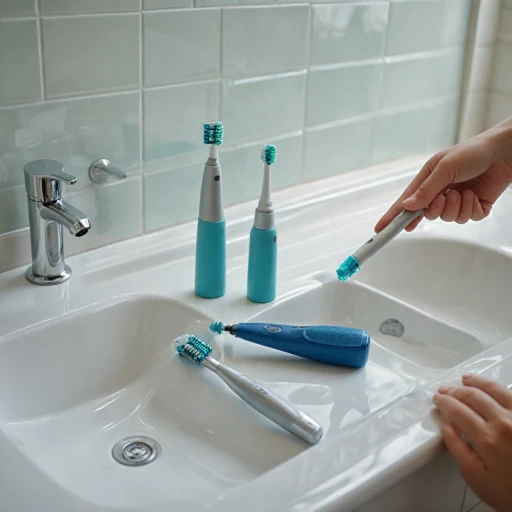
Understanding the Technology Behind Oral-B iO and Sonicare
Unveiling the Core Technologies of Oral-B iO vs Sonicare
When it comes to electric toothbrushes, understanding the underlying technology is crucial, especially when comparing standouts like Oral-B iO and Sonicare. Both have been at the forefront of innovation, offering advanced cleaning solutions for those looking to enhance their oral hygiene routine.
Oral-B iO's technology is built around a rotational-oscillation technique combined with micro-vibrations, meaning the round brush heads rotate and pulsate, aiming to break up plaque and sweep it away. It offers multiple cleaning modes tailored to varying needs, ensuring a clean, refreshed feeling after each use. Key features like a smart pressure sensor alert users if they’re applying too much pressure, helping to avoid potential gum damage.
On the other hand, Sonicare employs a sonic technology credited with the ability to deliver high-frequency and amplitude brush movements. This technology channels water between the teeth, providing an effective clean for hard-to-reach areas. Models like the Sonicare DiamondClean series offer sophisticated settings and smart features, designed to cater to personalized cleaning needs. These brushes harness the power of sonic vibrations, achieving remarkable cleaning efficiency.
For those curious about the broader spectrum of electric toothbrushes and the nuanced differences between notable brands, you're invited to explore our detailed comparisons to find the brush that best aligns with your needs.
Performance and Cleaning Efficiency
Cleaning Capabilities and Efficiency
When it comes to performance, both Oral-B and Sonicare electric toothbrush models have distinguished themselves as leaders in cleaning efficiency. The technology behind these electric brushes translates into superior plaque removal when compared to manual brushing. To delve deeper, the Oral-B iO series utilizes rotating-oscillating brush heads to effectively sweep away plaque. This mechanism, coupled with a smart pressure sensor, ensures optimal brushing pressure, preventing any potential damage to your gums and teeth. The Oral-B series also boasts of various cleaning modes tailored for different needs, like sensitive or intense cleaning, making it adaptable to a wide range of users. In contrast, the Philips Sonicare models, particularly the DiamondClean Smart series, employ sonic technology. The rapid vibrations produce a sweeping motion that effectively cleans the teeth and gumline. Sonicare brushes are known for their dynamic fluid action, which enhances their ability to reach tight inter-dental spaces. Many users appreciate how Sonicare's technology offers a thorough clean without vigorous brushing. Both toothbrush brands incorporate advanced features to improve the brushing experience, but their distinctive cleaning modes highlight the technological differences that cater to personal preference and dental needs. For more on how advanced toothbrush technology can benefit your oral health, consider exploring the benefits of Reach toothbrush technology.User Experience and Features
Exploring User Experience and Features
The user experience and features of an electric toothbrush are key factors that often influence consumer decisions. Both the Oral-B iO and Philips Sonicare range focus on enhancing this aspect with their advanced technologies and smart features.- Interface and Usability: The Oral-B iO series showcases a built-in display that offers helpful notifications about brushing, such as reminders to change the brush head or alerts for applying too much pressure. This screen is user-friendly, ensuring users can easily access various brushing modes. Philips Sonicare models, on the other hand, lean towards minimalistic designs with LED indicators for mode selection.
- Brush Heads and Brushing Modes: Both brands provide interchangeable brush heads tailored for different cleaning needs, such as plaque control or gum care. Sonicare often includes the proprietary DiamondClean brush heads, ideal for those seeking deeper cleaning. Moreover, each electric toothbrush features multiple cleaning modes to cater to various dental care goals, such as "sensitive" or "whitening." These modes ensure versatility and a personalized clean.
- Smart Features: A prominent aspect of modern electric toothbrushes is their smart connectivity. The Oral-B iO integrates with a smartphone app, offering real-time brushing feedback, like tracking the duration and positioning of the brush, promoting comprehensive oral care. The Philips Sonicare series also provides app compatibility, encouraging better brushing habits through personalized coaching and progress reports.
- Travel Convenience: For frequent travelers, the portability and battery life of the electric toothbrush can be deciding factors. Both brands offer a travel case designed to protect the brush and often allow USB charging, making them ideal for jet-setters. For a deeper look into battery performance, you can explore the benefits of an Oral-B battery toothbrush for further insights.
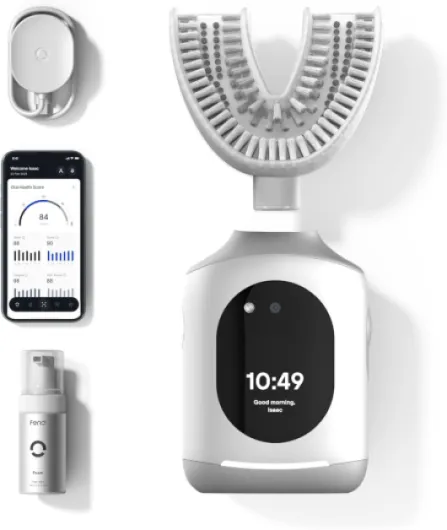
- + AI-Powered for personalized cleaning
- + Oscillating technology for effective plaque removal
- + 20-Second Deep Clean feature
- + Rechargeable for convenience
- + Includes 1 Bottle of Feno Foam Toothpaste Starter Kit
Battery Life and Charging Options
Battery Performance and Charging Convenience
When it comes to choosing the right electric toothbrush, battery life and charging options are crucial factors to consider. Both Oral-B iO and Philips Sonicare models offer impressive battery performance, but there are some differences worth noting.
The Oral-B iO series is known for its efficient battery life, typically lasting up to two weeks on a single charge, depending on the brushing modes used. This is particularly beneficial for those who travel frequently and need a reliable toothbrush that won't require constant recharging. The iO series also features a magnetic charging base, which provides a quick and easy way to recharge the brush.
On the other hand, the Philips Sonicare series, including the popular DiamondClean Smart model, boasts a slightly longer battery life, often extending up to three weeks. This extended battery life can be a deciding factor for users who prioritize convenience and less frequent charging. The Sonicare models typically come with a sleek charging glass or a compact travel case with USB charging capabilities, adding to their appeal for travelers.
Both brands offer smart charging solutions that complement their advanced cleaning features. However, the choice between them may come down to personal preference regarding charging style and the importance of battery longevity. Whether you prefer the magnetic base of the Oral-B iO or the versatile charging options of the Sonicare DiamondClean, both are designed to keep your teeth clean and your routine hassle-free.
Price and Value for Money
Price Points and Evaluating Value
When it comes to deciding between the Oral-B iO and Sonicare models, understanding the price range and value for money is crucial. Both brands offer a variety of electric toothbrushes that cater to different needs and preferences, which is reflected in their pricing. For those looking at the luxury end, the Sonicare DiamondClean Smart series can be considered a top pick. It features a high-end design and superior cleaning modes, but it also comes with a higher price tag. This series is particularly appealing for those who value premium features and aesthetics, as well as the enhanced performance that comes with extra cleaning modes. On the other hand, the Oral-B iO series offers a range of brushes that are more competitively priced, making them accessible to a wider audience. Despite the lower price point compared to some Sonicare models, these Oral-B brushes still deliver excellent performance in terms of pressure sensors and cleaning efficacy.- Entry-Level Options: Both brands offer entry-level models that are priced lower, suitable for those new to electric toothbrushes or on a budget.
- Mid-Range Choices: These models typically come with additional features, like multiple brush heads and travel cases, offering a balance between cost and functionality.
- Premium Models: As mentioned, the high-end models, such as the Sonicare DiamondClean Smart and the Oral-B iO series, deliver advanced technology but at a premium cost.
